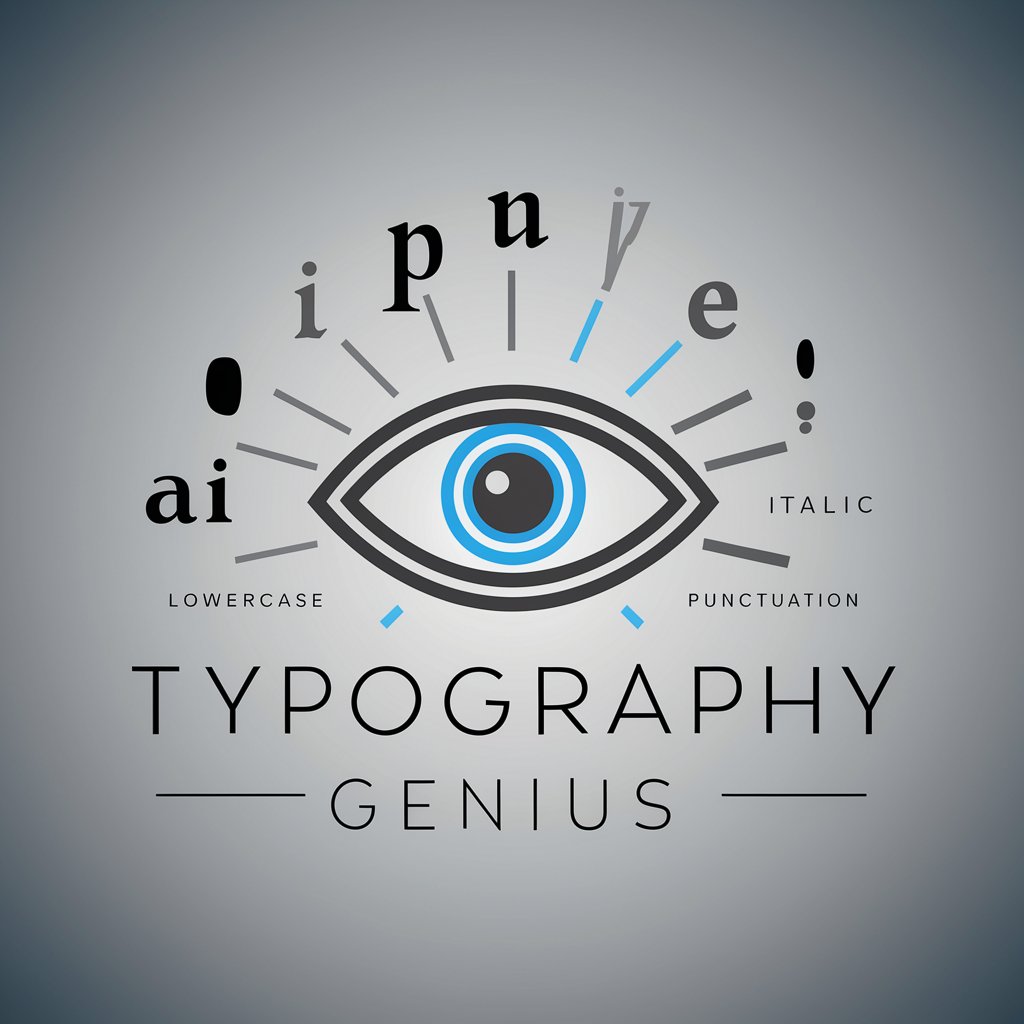Nanoparticle Drug Delivery Optimization - Nanoparticle Delivery Optimization

Hello! Ready to optimize nanoparticle drug delivery systems?
Optimizing drug delivery at the nano level with AI.
Suggest improvements for nanoparticle targeting
Analyze this data on drug encapsulation
How to minimize side effects in nanoparticle design?
Explain the role of surface modification in drug delivery
Get Embed Code
Introduction to Nanoparticle Drug Delivery Optimization
Nanoparticle Drug Delivery Optimization encompasses the systematic design, evaluation, and refinement of nanoparticle-based systems for targeted drug delivery. The core objective is to enhance the efficacy of drug delivery, maximize therapeutic outcomes, and minimize side effects through the precise delivery of drugs to specific tissues or cells. This optimization process involves intricate strategies including the manipulation of nanoparticle size, surface charge, hydrophobicity/hydrophilicity balance, and surface modification with targeting ligands or antibodies to recognize and bind to specific cellular receptors. For example, in cancer therapy, nanoparticles can be designed to exploit the enhanced permeability and retention (EPR) effect, where they accumulate preferentially in tumor tissue due to its leaky vasculature and impaired lymphatic drainage. This selective accumulation allows for the concentrated delivery of chemotherapeutic agents directly to tumor cells, reducing the impact on healthy tissues and minimizing systemic toxicity. Powered by ChatGPT-4o。

Core Functions of Nanoparticle Drug Delivery Optimization
Targeted Drug Delivery
Example
Liposomes modified with folate ligands for targeted delivery to cancer cells overexpressing folate receptors.
Scenario
By modifying liposomes with folate ligands, the drug delivery system exploits the overexpression of folate receptors on certain cancer cells. This leads to a higher uptake of the liposomes by the cancer cells, enhancing the therapeutic efficacy of the encapsulated drug while minimizing exposure to healthy cells.
Controlled Drug Release
Example
Polymeric nanoparticles that respond to pH changes for drug release in tumor microenvironments.
Scenario
These nanoparticles are designed to remain stable under normal physiological conditions but release their drug load upon encountering the acidic environment typically found within tumor tissue. This pH-responsive behavior ensures that the drug is specifically released at the site of the tumor, maximizing its anticancer activity and reducing side effects.
Reducing Side Effects
Example
Solid lipid nanoparticles encapsulating a hepatotoxic drug, aimed at reducing liver toxicity.
Scenario
By encapsulating a drug known for its hepatotoxic side effects in solid lipid nanoparticles, the drug can be more selectively delivered to its target site, thereby reducing its concentration in the liver and consequently minimizing liver toxicity.
Ideal Users of Nanoparticle Drug Delivery Optimization Services
Pharmaceutical Researchers
This group comprises individuals and teams involved in drug development and formulation in the pharmaceutical industry. They seek to improve the therapeutic indices of new or existing drugs through enhanced delivery systems. Utilizing nanoparticle optimization services can significantly accelerate the development of novel drug formulations with improved safety and efficacy profiles.
Oncologists and Cancer Researchers
Given the critical need for targeted therapies in oncology, oncologists and cancer researchers are prime users of nanoparticle drug delivery optimization. They benefit from tailored solutions that offer precise tumor targeting, reduced side effects, and improved patient outcomes in various cancer treatments.
Biomedical Engineers
Biomedical engineers focus on the intersection of engineering and medical sciences. They utilize nanoparticle drug delivery optimization in designing advanced materials and devices for targeted therapies. Their work often involves the development of innovative delivery platforms that can navigate the body's complex systems to deliver drugs, genes, or other therapeutic agents to specific sites.

Guidelines for Using Nanoparticle Drug Delivery Optimization
Start with a Free Trial
Initiate by accessing yeschat.ai to engage in a free trial; registration or ChatGPT Plus subscription is not required.
Define Objectives
Clearly outline your objectives for nanoparticle drug delivery, such as targeted delivery, controlled release, or reduced side effects.
Gather Data
Compile relevant data including nanoparticle characteristics, drug properties, target tissues or cells, and any biological interactions.
Run Simulations
Use the tool to simulate nanoparticle behavior in biological environments, analyzing distribution, accumulation, and release patterns.
Evaluate and Optimize
Assess the simulation results to refine nanoparticle design and drug formulation, aiming for optimized efficacy and minimized side effects.
Try other advanced and practical GPTs
Commercial Property Pro
Empowering Your Property Decisions with AI

Track Finder
Uncover the Beat of Hip-Hop with AI

Typography Genius
Empowering Design with AI-Driven Typography Insights

Brand Buddy
Designing with AI, personalizing with insight.

Typography Genius
Empowering Design with AI-driven Typography Insights

CB Radio Chat With Friends
Connect on the Virtual Highway

Malaria Drug Multilingual Advisor
AI-powered Malaria Drug Guidance

Drug Addiction Treatment & Recovery
Empowering recovery with faith and AI

Drug Information
Empowering Research with AI-Driven Drug Insights

Cash
Empowering Your Earnings with AI

Your Personal Cash Cow
Unleash Your Entrepreneurial Potential with AI

Cash Coach
Empower your finances with AI

Frequently Asked Questions about Nanoparticle Drug Delivery Optimization
What types of nanoparticles can be optimized using this tool?
The tool can optimize various nanoparticles, including liposomes, polymeric nanoparticles, dendrimers, and metallic nanoparticles, tailored for specific drug delivery applications.
How does the tool handle the complexity of biological interactions?
It uses advanced algorithms and models to simulate and predict how nanoparticles interact with biological systems, considering factors like pH sensitivity, enzymatic degradation, and immune responses.
Can this tool help in targeting specific cells or tissues?
Yes, it allows for the design of nanoparticles with surface modifications or targeting ligands to enhance delivery to specific cells or tissues, improving therapeutic outcomes.
What data inputs are necessary for optimization?
Inputs include nanoparticle size, charge, hydrophobicity, drug encapsulation efficiency, and target tissue characteristics, among others.
How can this tool aid in reducing side effects of nanoparticle drug delivery?
By optimizing particle size, surface properties, and drug release profiles, the tool can help minimize off-target effects and reduce systemic toxicity.
